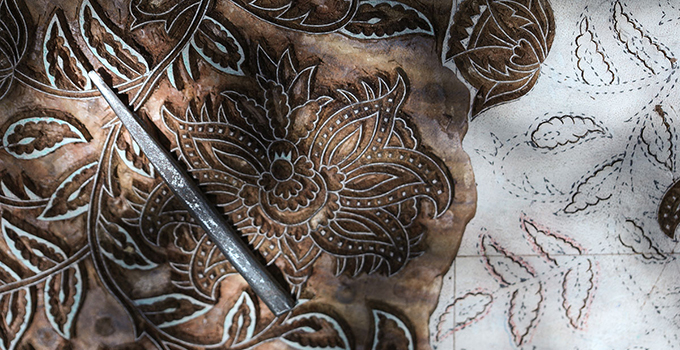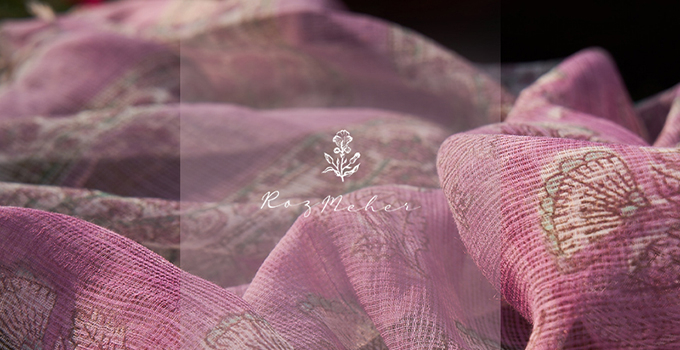Rayon Fabric and all about it
Rayon is a super soft fabric with a luscious fall and better absorbing qualities than cotton. The discovery of this fabric dates back to 1924, when it was finally renamed ‘rayon’ from artificial silk. It is also the first semi-artificial fabric crafted by man.

The use of natural fabrics can be traced back to the prehistoric times. And the invention of other innovative fabrics in the later years can be attributed to man’s desire to create something better; something that combines science and natural characteristics to offer superior products. Rayon fabric was one such discovery.

A mid-20th-century image of rayon manufacture. (Source)
How Rayon is Made
Although the production of rayon involves chemical processing, the components used are all natural. Wood is the primary source from which rayon is extracted. A solution of caustic soda is used for treating the wood and this transforms it into cellulose. Most people are unaware that rayon is a biodegradable fabric and hence more eco-friendly as compared to other textiles. The cellulose formed after the wood treatment is then converted into a unique viscose solution. This solution is forced through a spinning machine and forms filaments that are treated with a sulphuric acid solution. The process leads to the solidification of the viscose and the filaments formed are called ‘regenerated cellulose’.

Rayon is known for its unmatched absorbency, softness and strength. It is the perfect fabric to make active wear clothing and summer garments such as shirts, blouses, kurtas and flowing dresses.
Washing and Caring for Rayon Fabric
Before we go into the dos and don’ts of rayon handling, let’s quickly summarize the information we have collected about the fabric.

Rayon is a popular ‘semi-synthetic’ material that was first introduced as an inexpensive substitute for silk. While there is a stark resemblance between rayon and silk as far as the appearance is concerned, the fabric feels much like cotton. Cellulose is used for making both rayon and cotton, but the former undergoes greater amounts of processing. Hence, it cannot be labelled as a 100 percent artificial or a 100 percent natural fabric.
One of the biggest advantages of rayon is that it is a very breathable fabric and can be easily dyed into different colours. Also, it retains colour extremely well!

Here are a few tips on how to wash and dry your rayon garments to keep them from getting damaged.
1. Rayon is a less durable fabric as compared to cotton and is especially weak when wet. Fabric experts recommended that you give your rayon clothes a gentle hand wash with a mild detergent. Always use cold water for washing rayon.
2. You might be able to wash a few rayon blends in your washing machine, but on the most delicate setting. This, however, is a risk. For instance, you could end up damaging a beautiful rayon dress by washing it alongside your jeans in the machine.
3. Always read the label on your rayon garment before using any washing technique. The label might read ‘dry clean only’. In such cases, simply avoid washing the garment at home because the fabric may get damaged and/or might shrink.
4. Rayon clothes should ideally not be hanged for drying because they tend to lose their original shape quite easily. The two drying techniques recommended for rayon fabric are line drying or flat drying.
If you want to wear the free-flowing rayon fabric without worrying too much about care, it is best to use rayon blends rather than pure rayon. You can easily find rayon combined with various fabrics like polyester, wool and cotton. So go ahead and choose a blend that you like and one which makes you feel most comfortable!
MORE FG BLOG POSTS
 Nur Mahal- A contemporary rendition of timeless styles
Nur Mahal- A contemporary rendition of timeless styles














